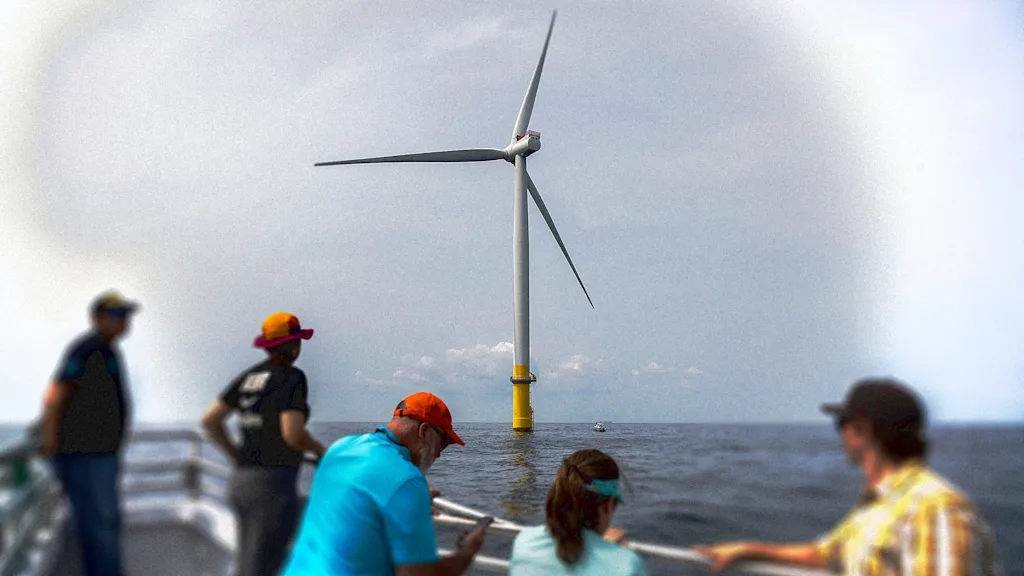fromwww.theguardian.com
3 hours agoSustainable aviation fuel take-up in UK unlikely to hit 2025 target, data suggests
Production data published by the Department for Transport (DfT) covering most of 2025 shows that sustainable fuels (SAF) only accounted for 1.6% of fuel supplied for UK flights 20% less fuel in volume than the 2% needed to fulfil the requirement. The government introduced the mandate in January, which requires suppliers to hit targets for SAF which the industry has argued is important for cutting its carbon emissions within the overall UK aviation fuel mix.
Environment
























